Your Cart is Empty
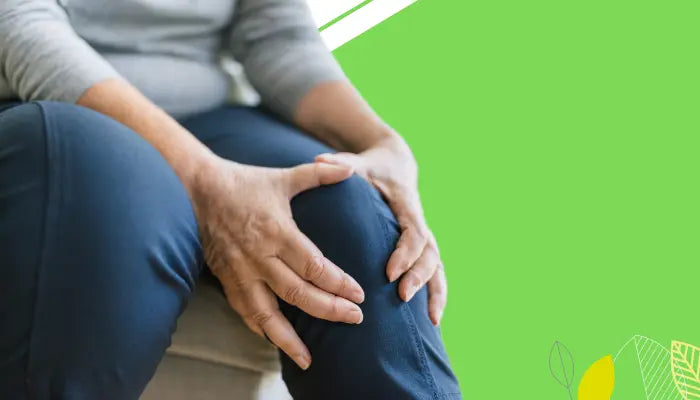
The knee is the largest joint in your body. It is made up of bones, ligaments, cartilage and tendons.
Knee pain can occur for many reasons. You can experience knee pain at any age, but older people are more likely to develop it due to degeneration of the joint, a condition known as osteoarthritis.
In this article, we will discuss possible causes and treatments for unwanted knee joint pain. We’ll also give some quick tips for exercise that will help to relieve the pain.
So keep reading!
Bursa is a sac that holds a small amount of fluid that’s under the skin above joint. It helps prevent friction when the joint moves. Overuse, falls or repeated bending and kneeling can irritate the bursa on top of the kneecap. That leads to pain and swelling. /assets/production/practices/7763f249293956349d0118396d3b4818467a3bc4/images/2631311.jpg)
When kneecap slides out of position, causing knee pain and swelling. This is called “patellar dislocation.” 
A sprained or strained knee ligament or muscle is usually caused by a blow to the knee or a sudden twist of the knee. Symptoms often include pain, swelling, and difficulty in walking. Cartilage tears can also occur with sprains. 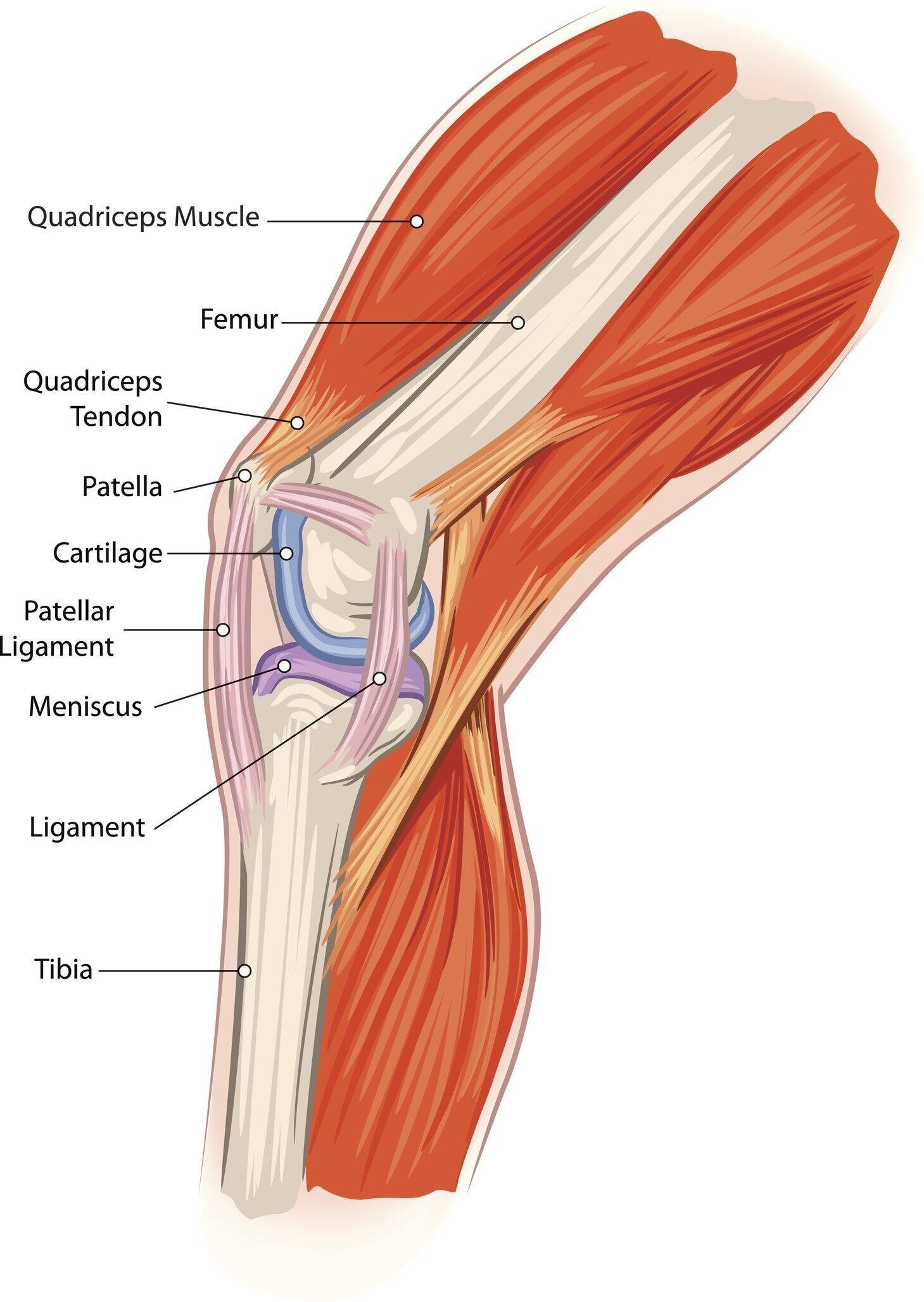
It is an inflammation of the tendons caused by overuse of a tendon during certain activities such as running, jumping, or cycling. This also occurs with sports such as basketball, where the force of hitting the ground after a jump strains the tendon. 
Osteoarthritis is the most common type of arthritis that affects the knee. Osteoarthritis is a degenerative process where the cartilage in the joint gradually wears away, and often affects middle-age and older people. Osteoarthritis may be caused by excess stress on the joint such as repeated injury or being overweight. 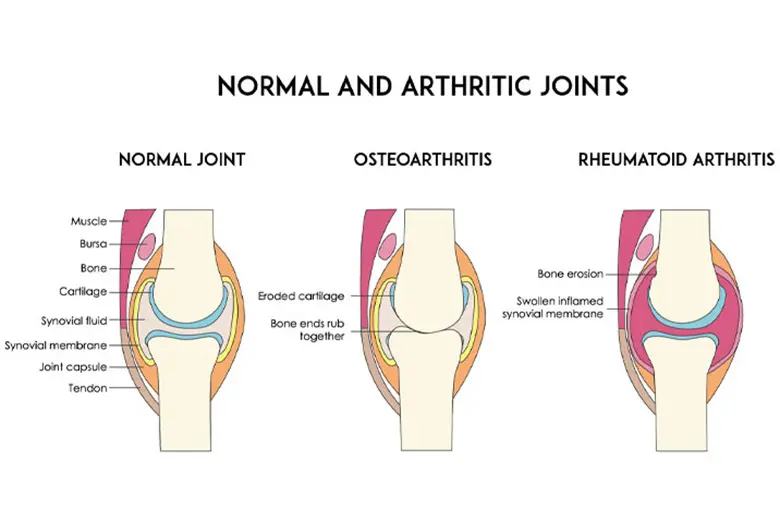
Rheumatoid arthritis can also affect the knees by causing the joint to become inflamed and by destroying the knee cartilage. Rheumatoid arthritis often affects persons at an earlier age than osteoarthritis.
Muscle imbalance , tightness, and alignment problems of the legs usually cause this condition. It causes knee pain and occasional “buckling,” meaning knee suddenly can’t bear your weight. It's more common for women than for men. 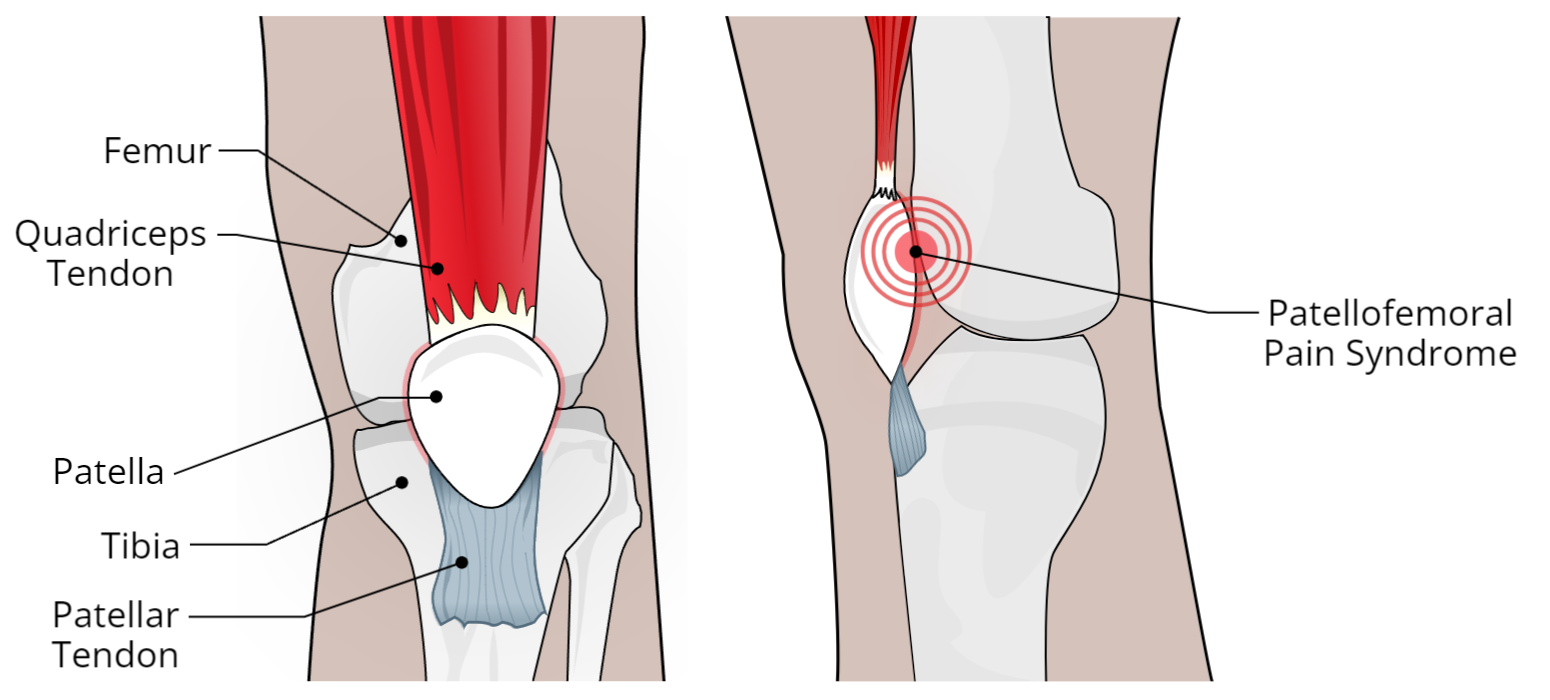
This condition happens at young age, when bones and other parts of the knee are still changing. It can cause a painful bump below the knee. It's especially common in teenage boys and girls.
The iliotibial (IT) band is a piece of tough tissue that runs from hip down to the outer part of the knee. With activity, it can become inflamed over time. That causes pain on the outer side of the knee. It’s common among runners when going downhill. 
Here are some possible treatments that you can include in your daily life to relieve knee joint pain-
People who are obese, the extra body weight gives more pressure on their knees. And that’s why losing some body weight will ultimately aid in healing knee pain.
If you have serious knee pain, try not to pressurize your knees. You can wear a brace to support the knees. Also, refrain from movement and standing for a long time.
These are known as hot and cold therapy. Sometimes applying heating pads will reduce the pain and help treat the joint. 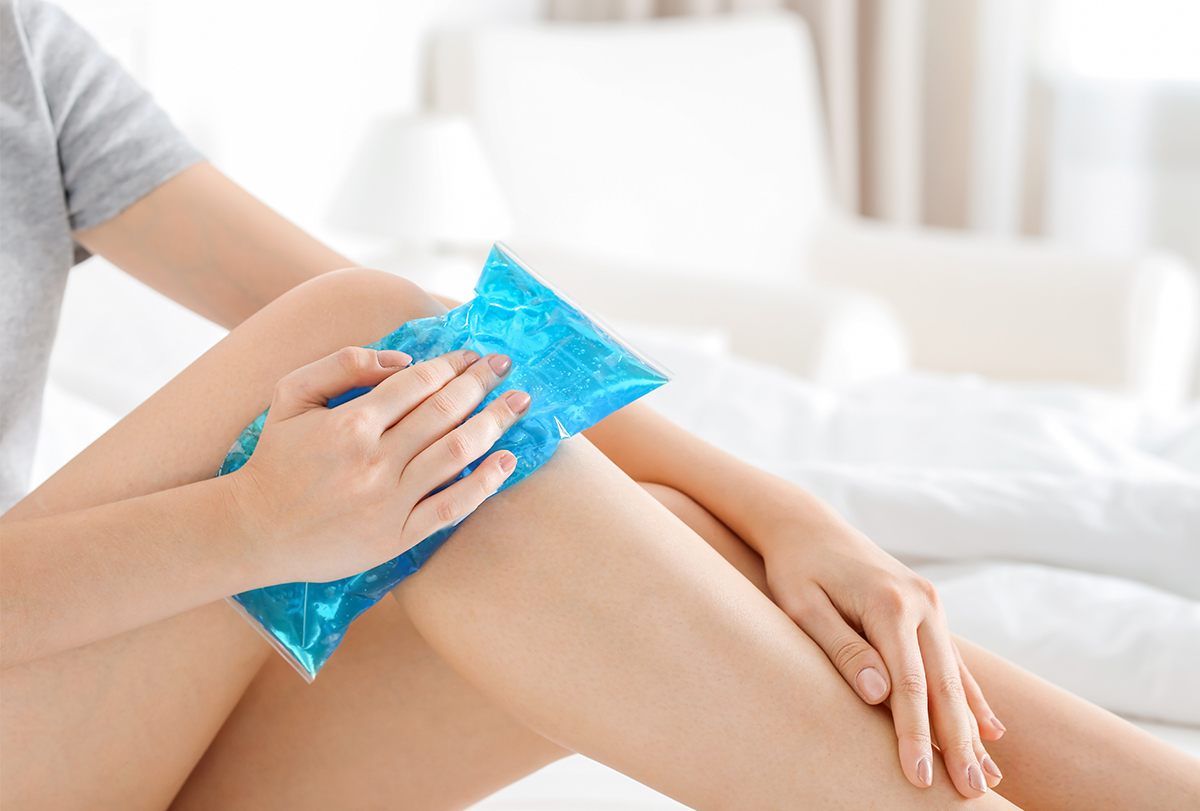
Ice packs are better just after the injury. It will freeze the joint and relieve quick inflammation and swelling.
Some dietary supplements helps to reduce the knee pain caused by osteoarthritis. Such as,
Glucosamine sulfate helps to regrowth of damaged cartilage. Research shows that Glucosamine can help to decrease joint inflammation , improve joint mobility and flexibility, prevent joint stiffness, and aid improvement of overall joint health.
Chondroitin Sulfate helps to increase synovial fluid, aid in tissue recovery, and promote proper joint lubrication.
MSM helps to fight inflammation and aid in tissue restoration. As a Generally Recognized As Safe (GRAS) approved substance, MSM is well-tolerated by most individuals.
The bioactive compounds derived from turmeric are called curcumins has a great impact in our joint health. Curcumin helps to protect cartilage breakdown and takes part in the healing process of bone joint by inhibiting the phosphorylation of IKBa. 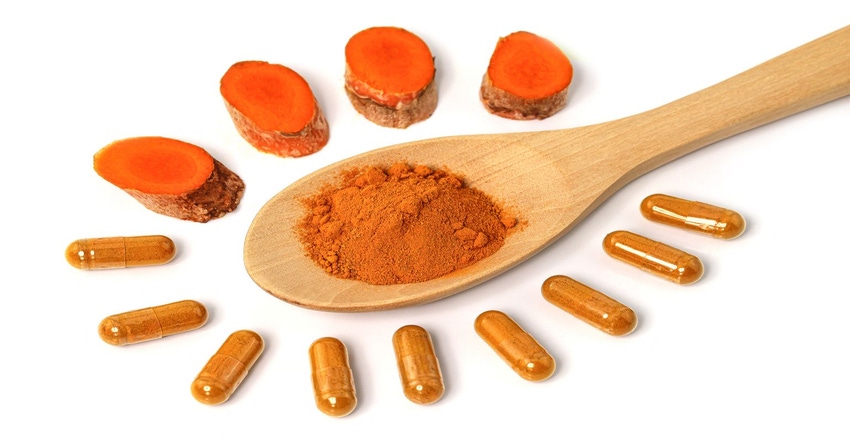
You can also consider taking Karkuma Joint Guard . It’s a functional food and specially formulated for caring for your bone joints and keeping them safe. It is a combination formula of glucosamine sulfate, chondroitin sulfate, methyl sulfonyl methane and curcumin. As we mentioned earlier these supplements helps to reduce joint pain of osteoarthritis. And the best part is - it’s organic and USDA certified.
Taking painkillers like paracetamol or ibuprofen could be beneficial to treat knee pain. However, excess doses of painkillers will cause acute side effects, including kidney damage.
Physiotherapy could be very effective in the treatment of knee joint pain and restore movement. But make sure you’re taking the therapy from an expert. The therapist will perform some massage techniques that will quickly recover your pain. Sometimes you may need more than one session for complete treatment. 
If your knee pain is coming from a serious injury, you might need surgery to treat the pain. Sometimes it needs to be quick, or you’ll have the ability to move. The physicians will perform arthroscopic surgery, knee replacement, and osteotomy depending on the condition of your knee joint.
Before performing any exercise, make sure to warm up and get your muscles ready for the shot! Here are some exercises that you can learn and practice at home to relieve knee joint pain-

Answer: Here are the common symptoms to know if your knee joint pain is serious-
Answer: To make your knees stronger, you have to take regular knee exercises that focus on the development of the knees. You can try these exercises-
Answer: Knee pain is for old people, but truly, it’s common among young adults too. If you’re in your 20s and suffering from knee pain it’s normal but needs proper care. However, knee pain is most likely to hit after 30.
References:
https://www.webmd.com/pain-management/knee-pain/knee-pain-causes
https://stanfordhealthcare.org/medical-conditions/bones-joints-and-muscles/knee-problems/types.html
https://www.nhs.uk/conditions/knee-pain/
https://my.clevelandclinic.org/health/symptoms/21207-knee-pain 3
https://www.mayoclinic.org/diseases-conditions/knee-pain/diagnosis-treatment/drc 20350855 4 .
https://www.webmd.com/osteoarthritis/ss/slideshow-knee-exercises
Comments will be approved before showing up.